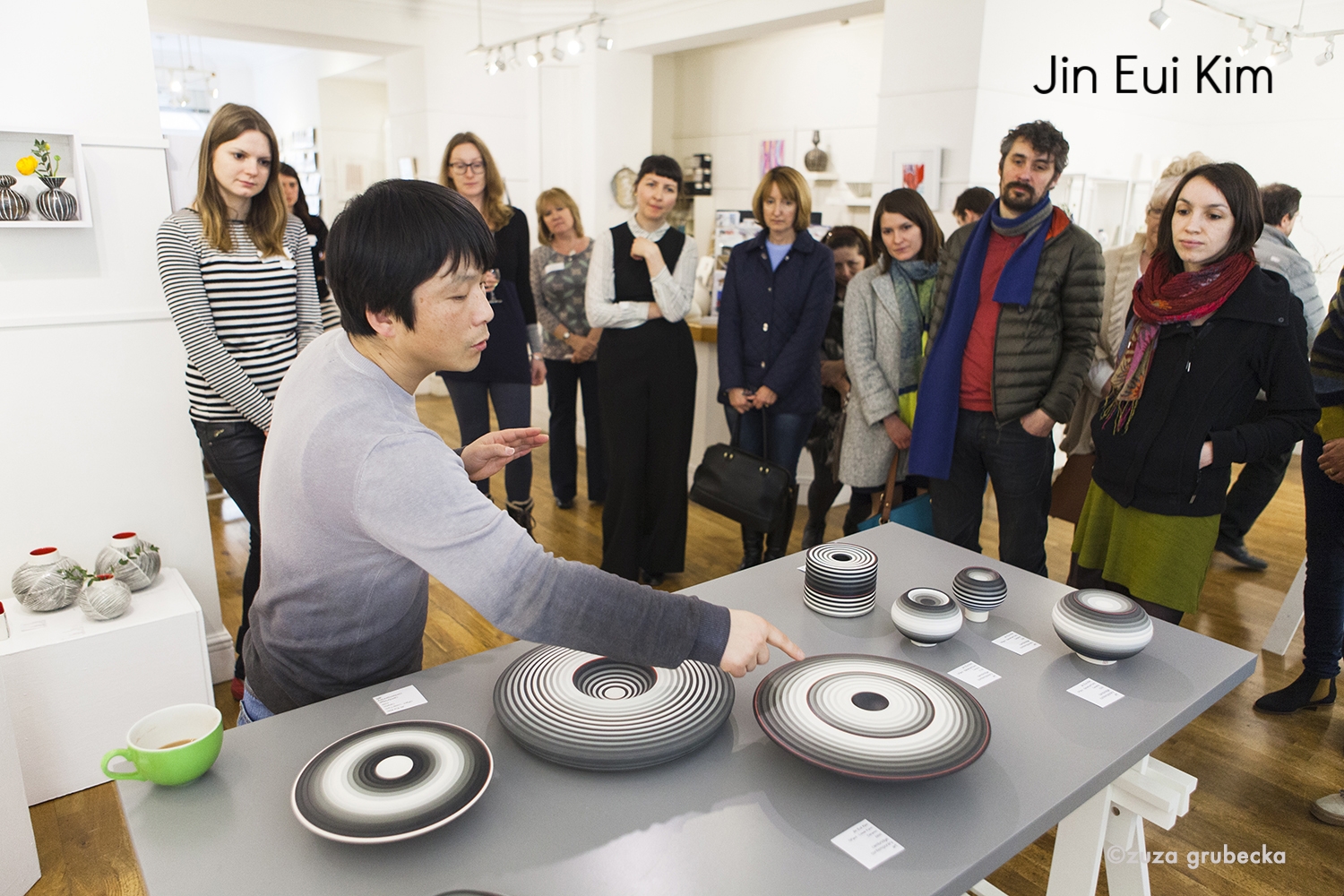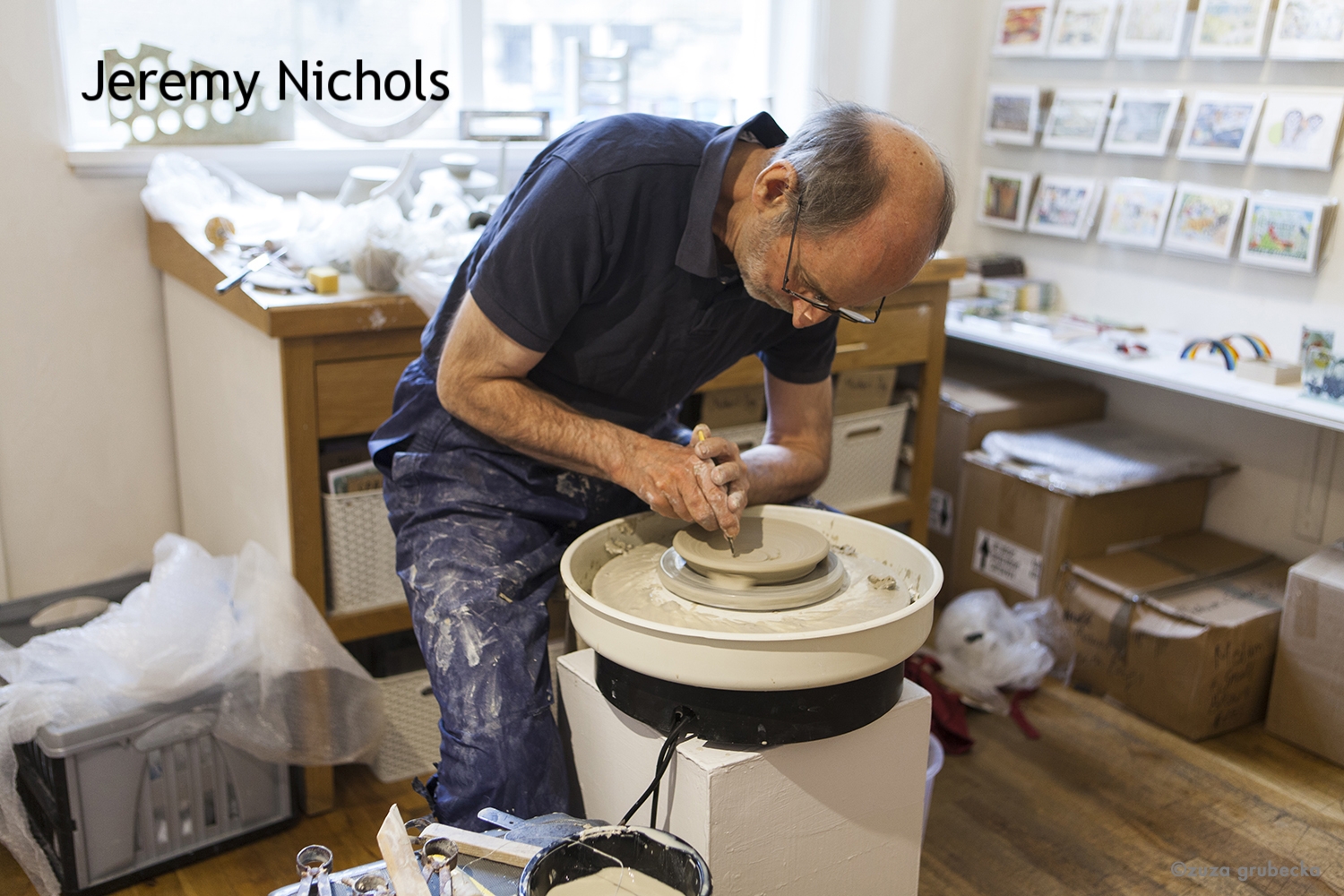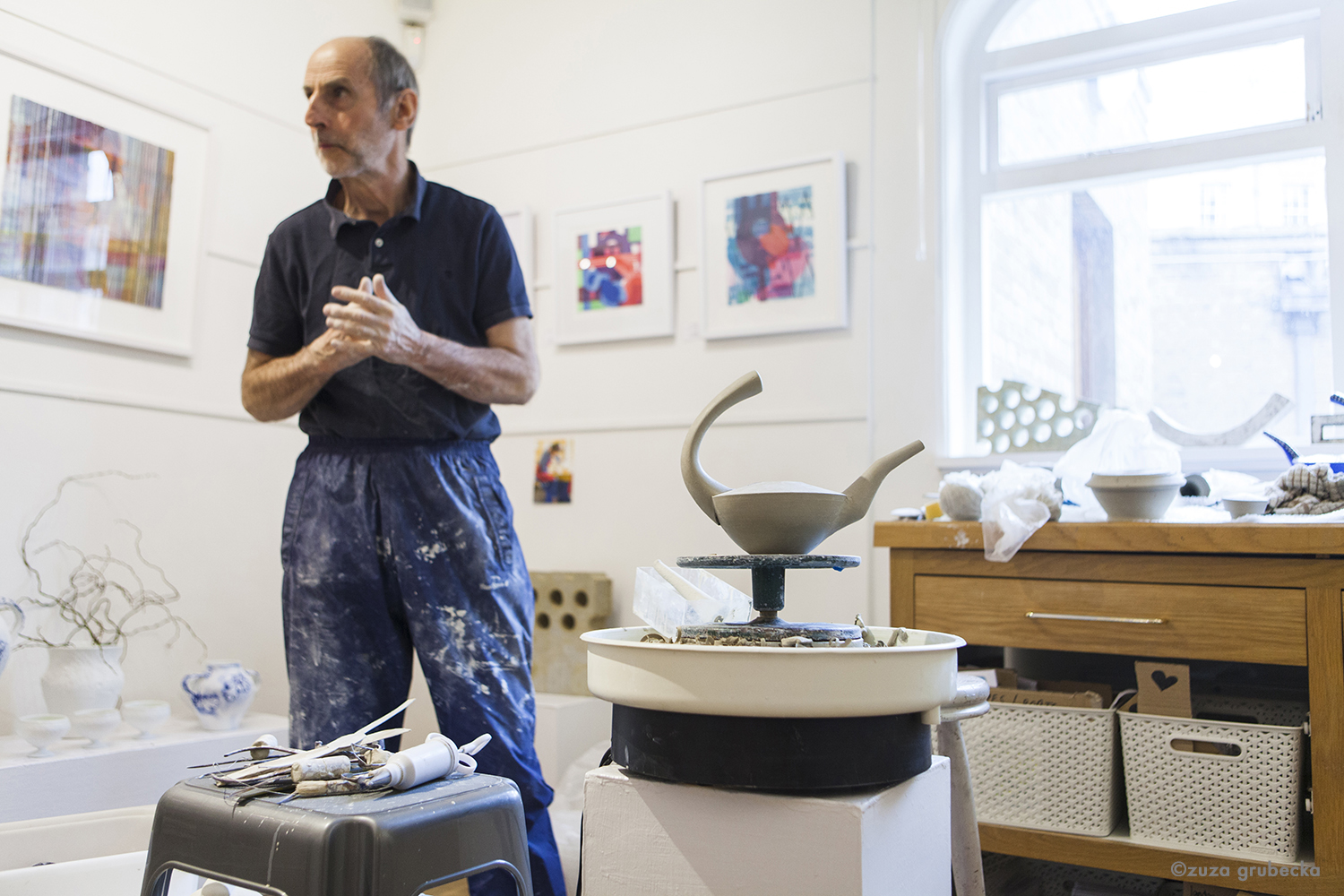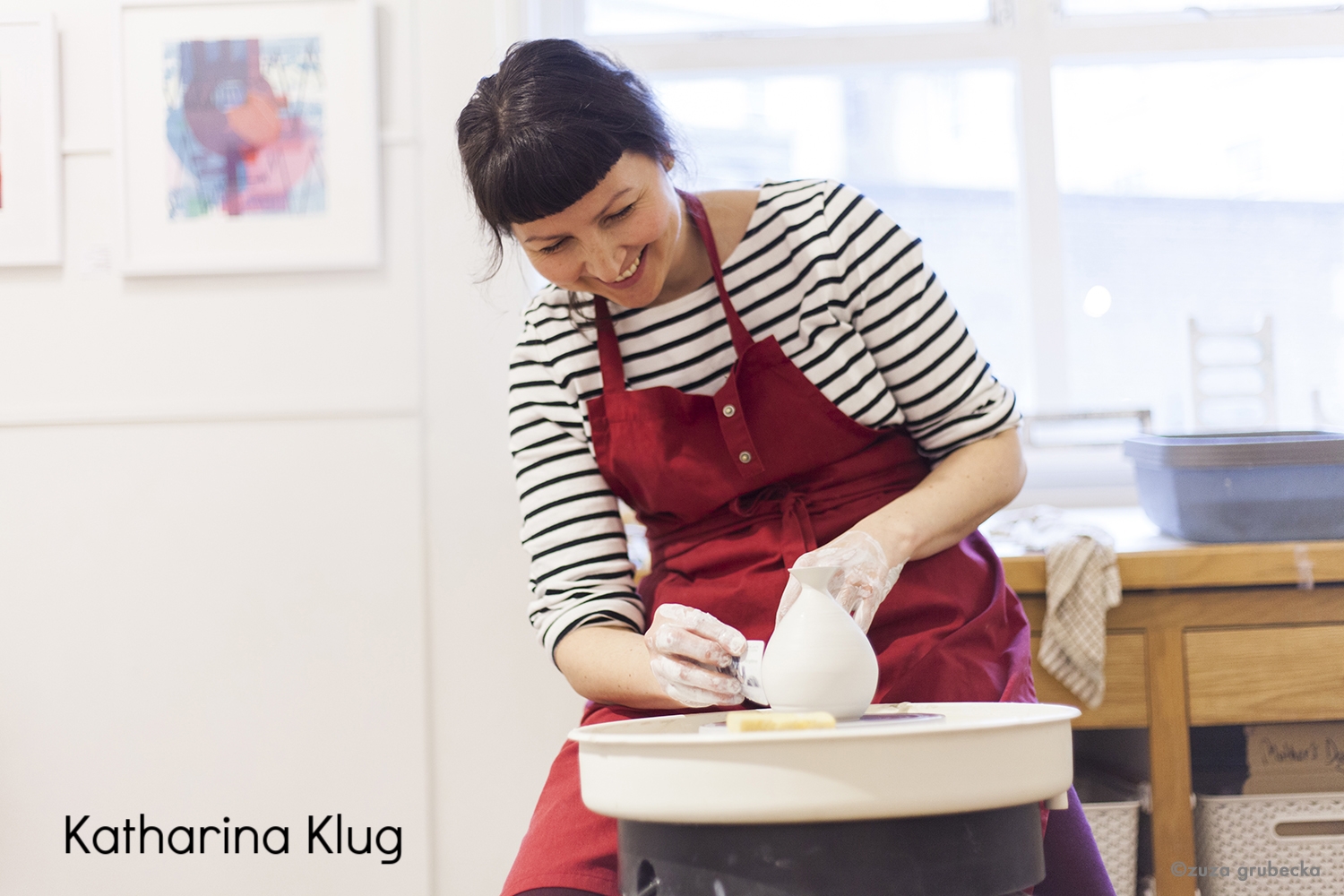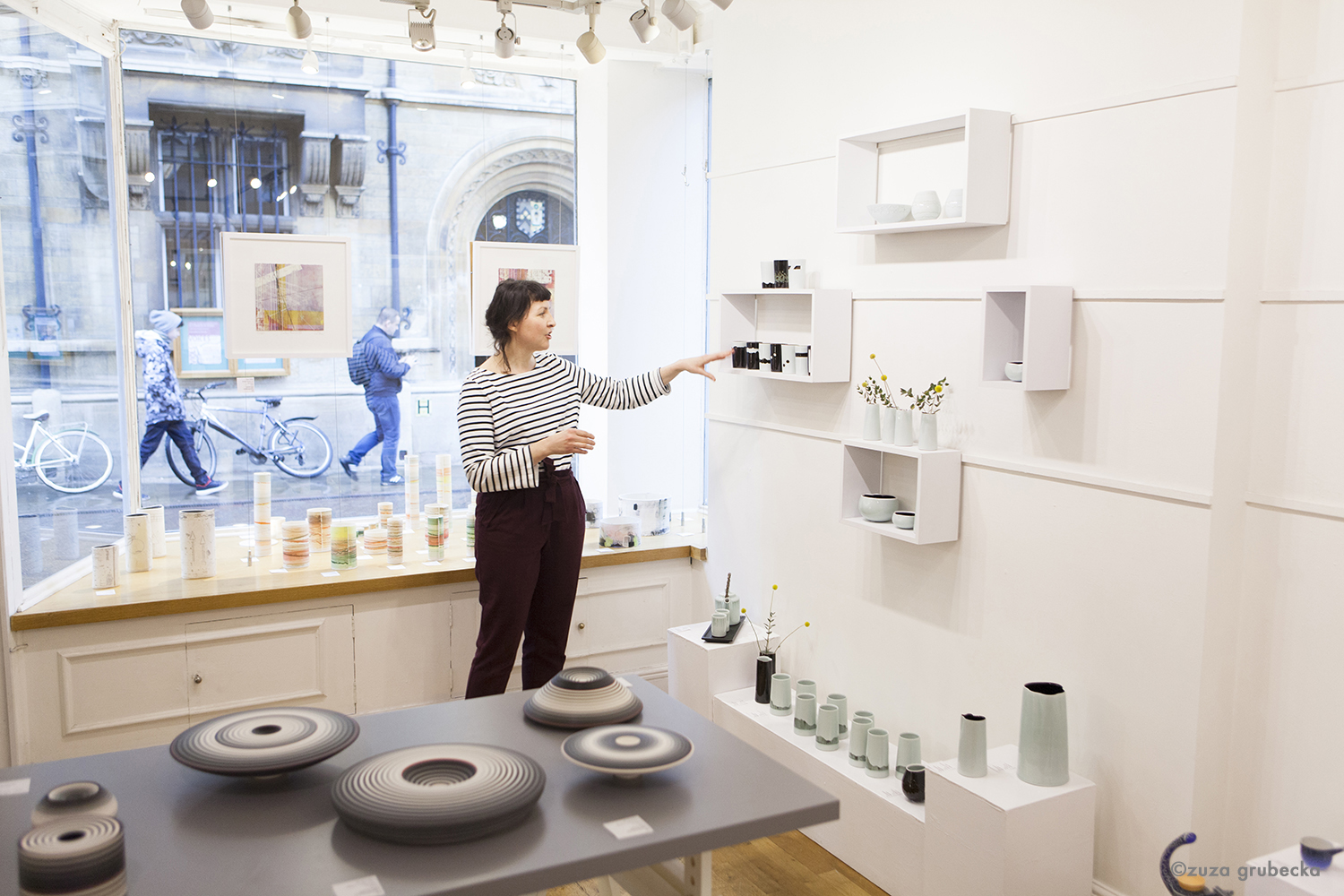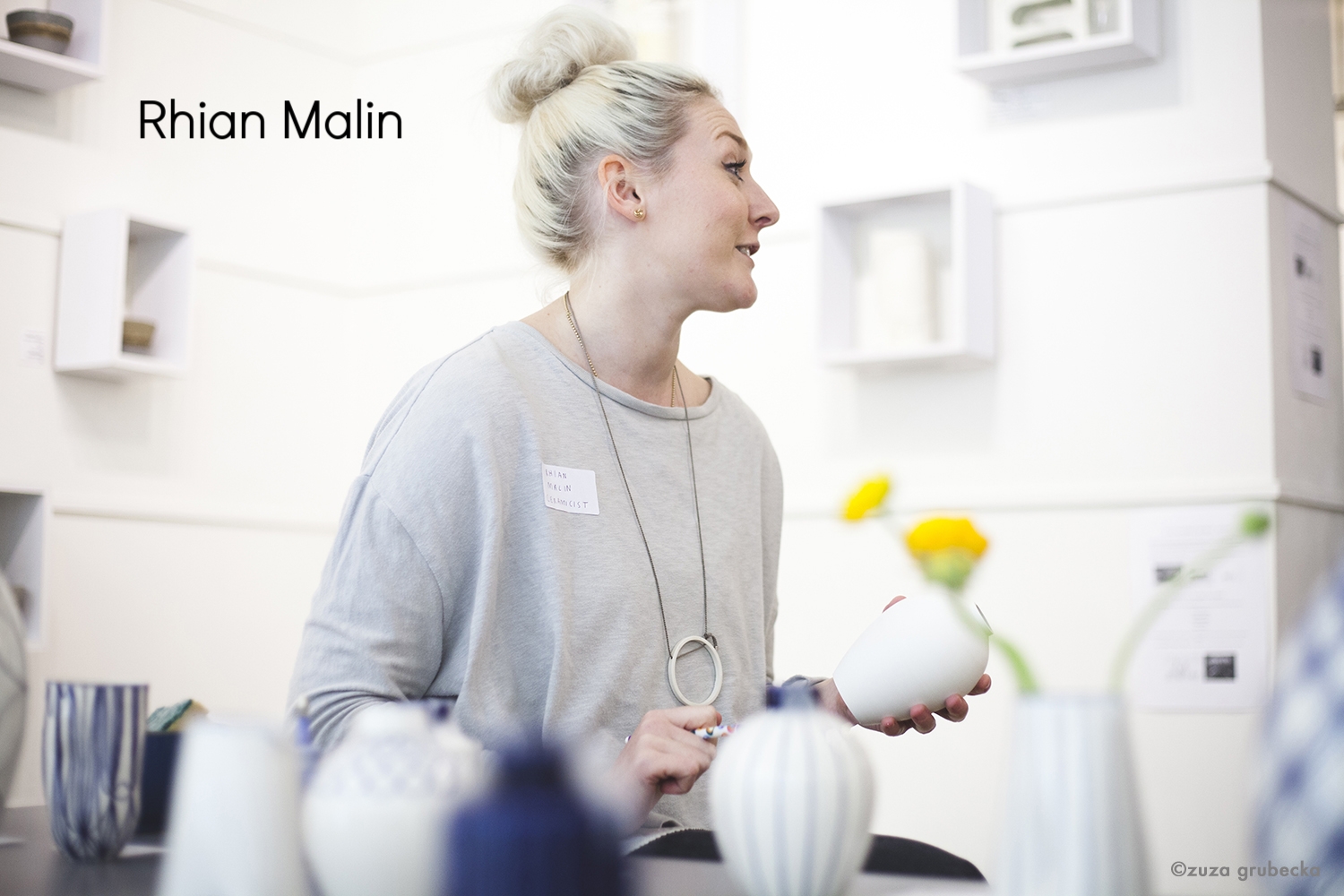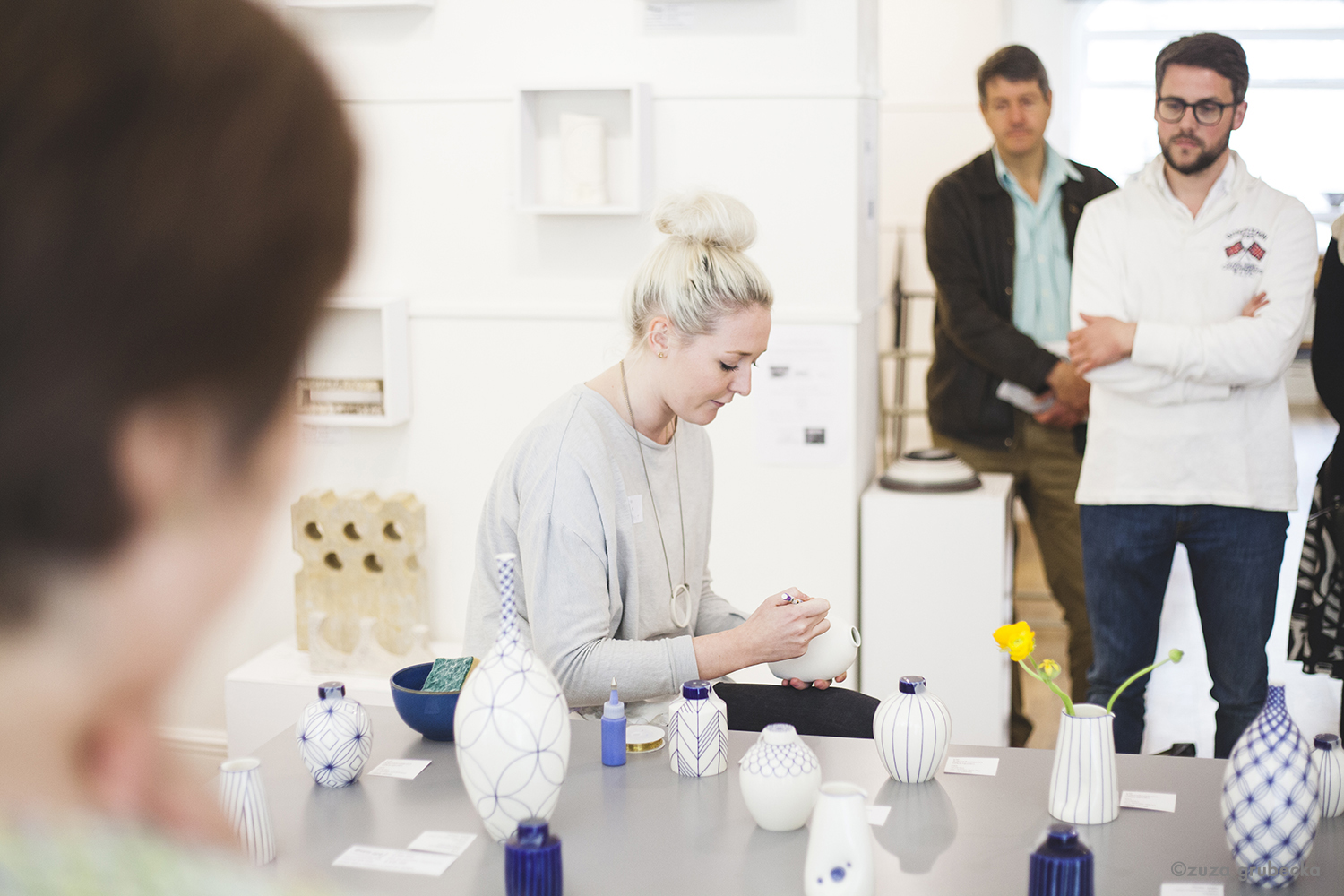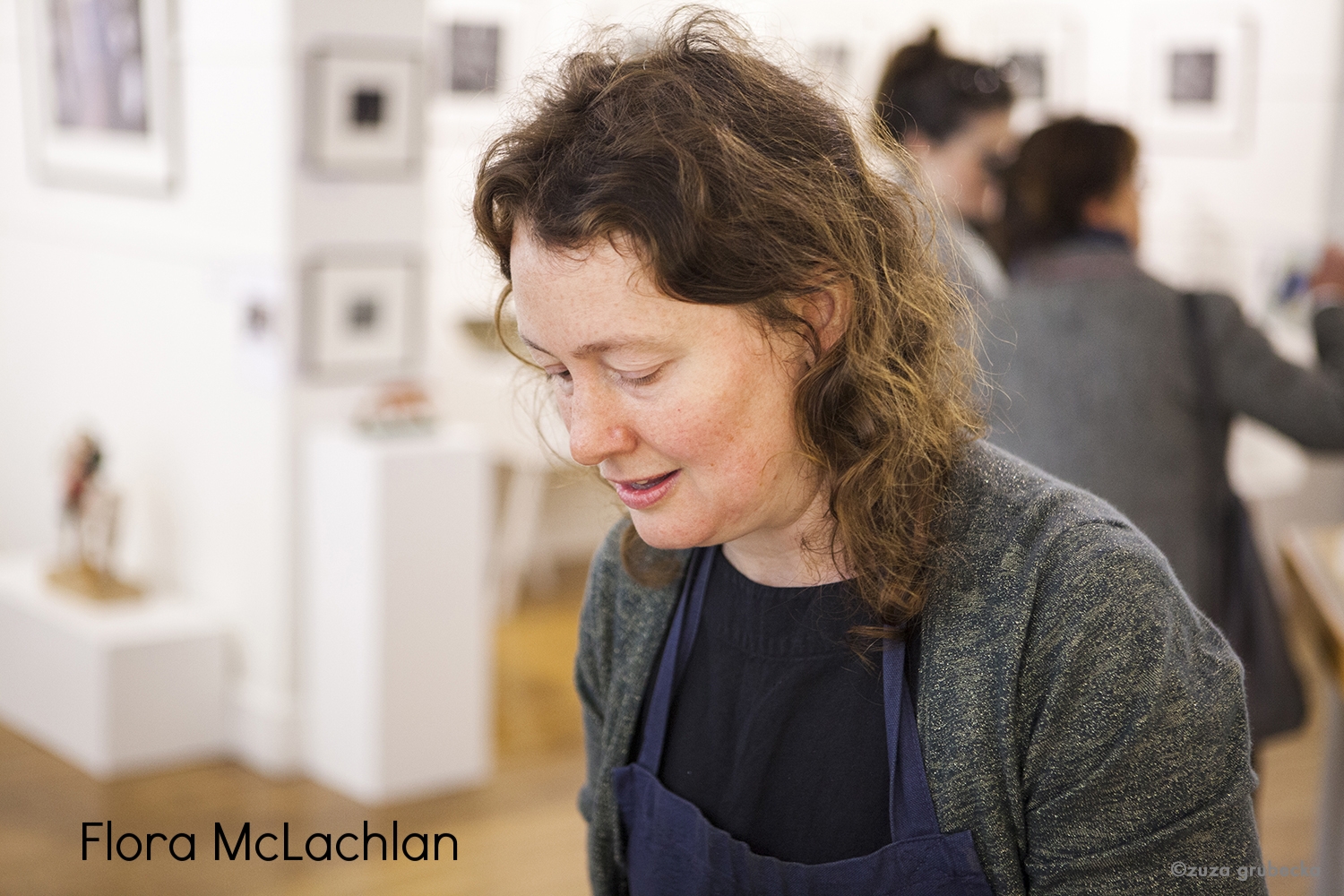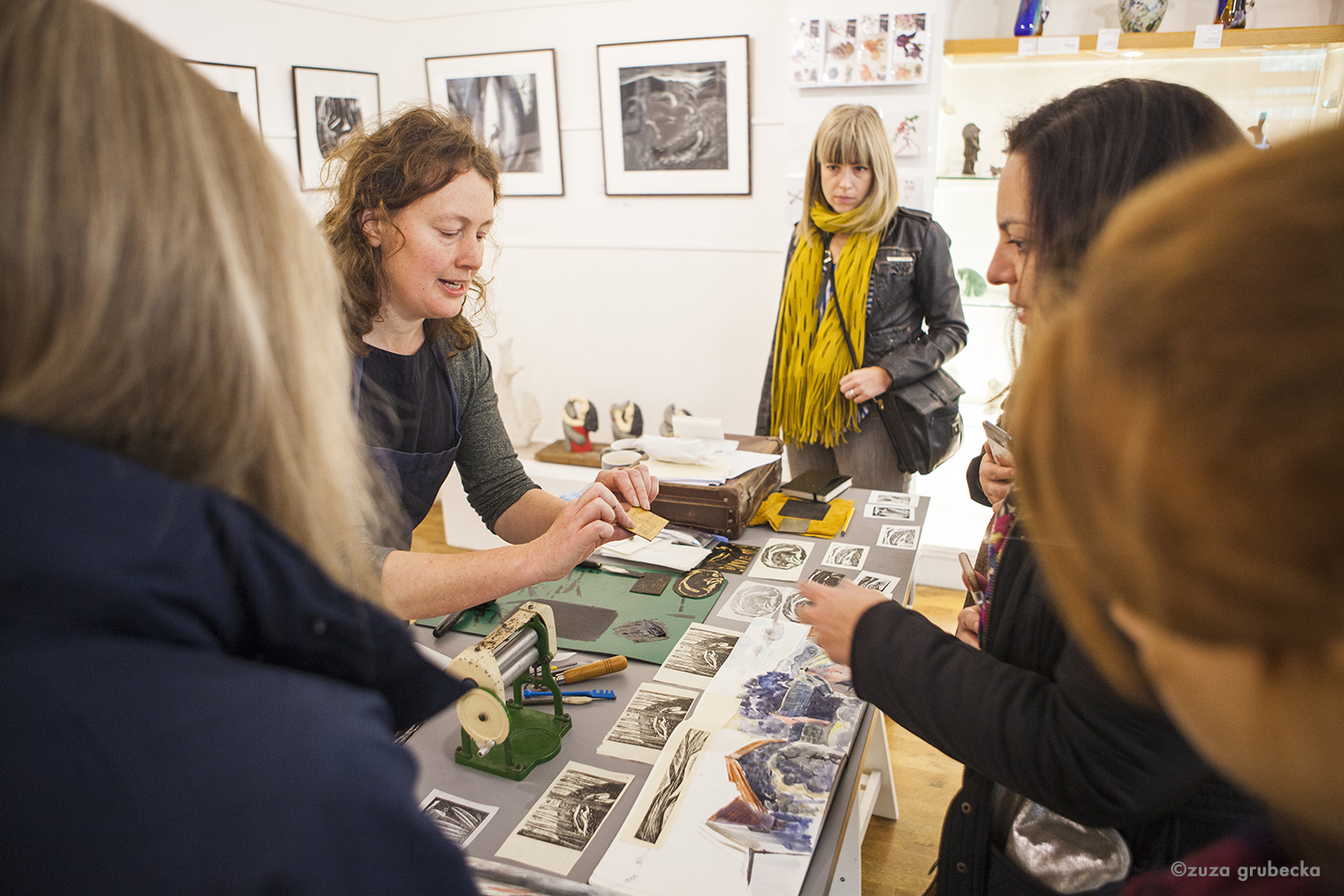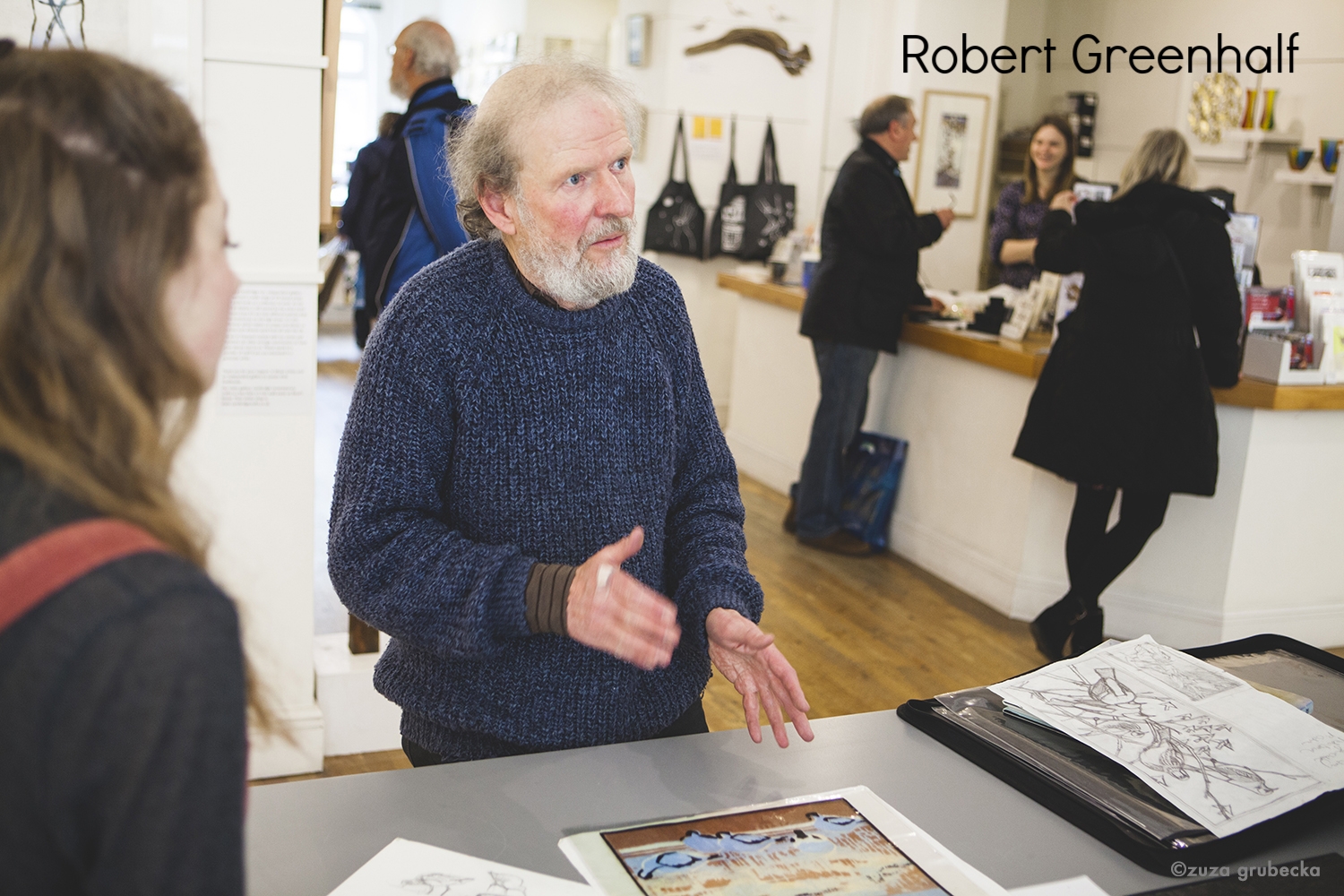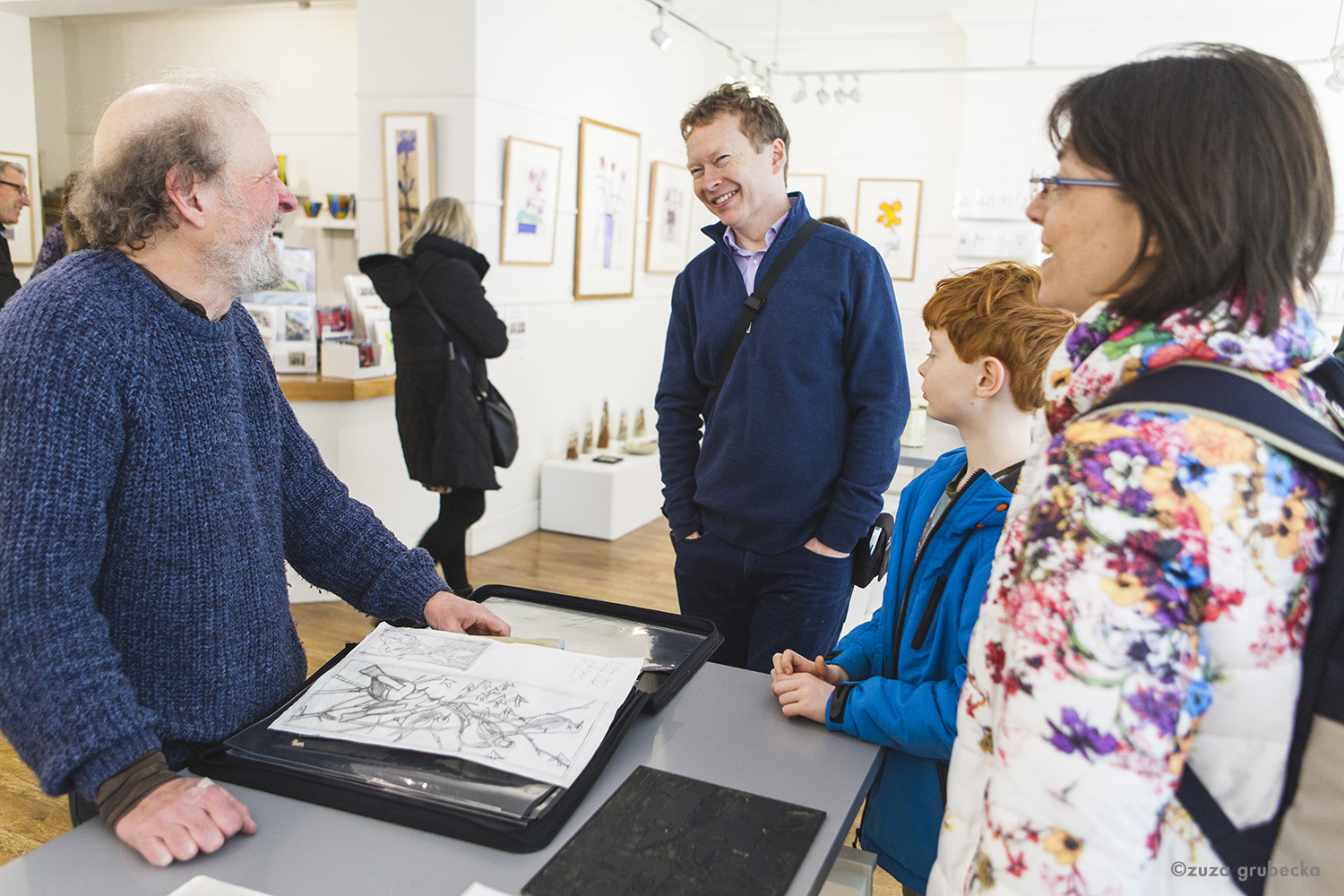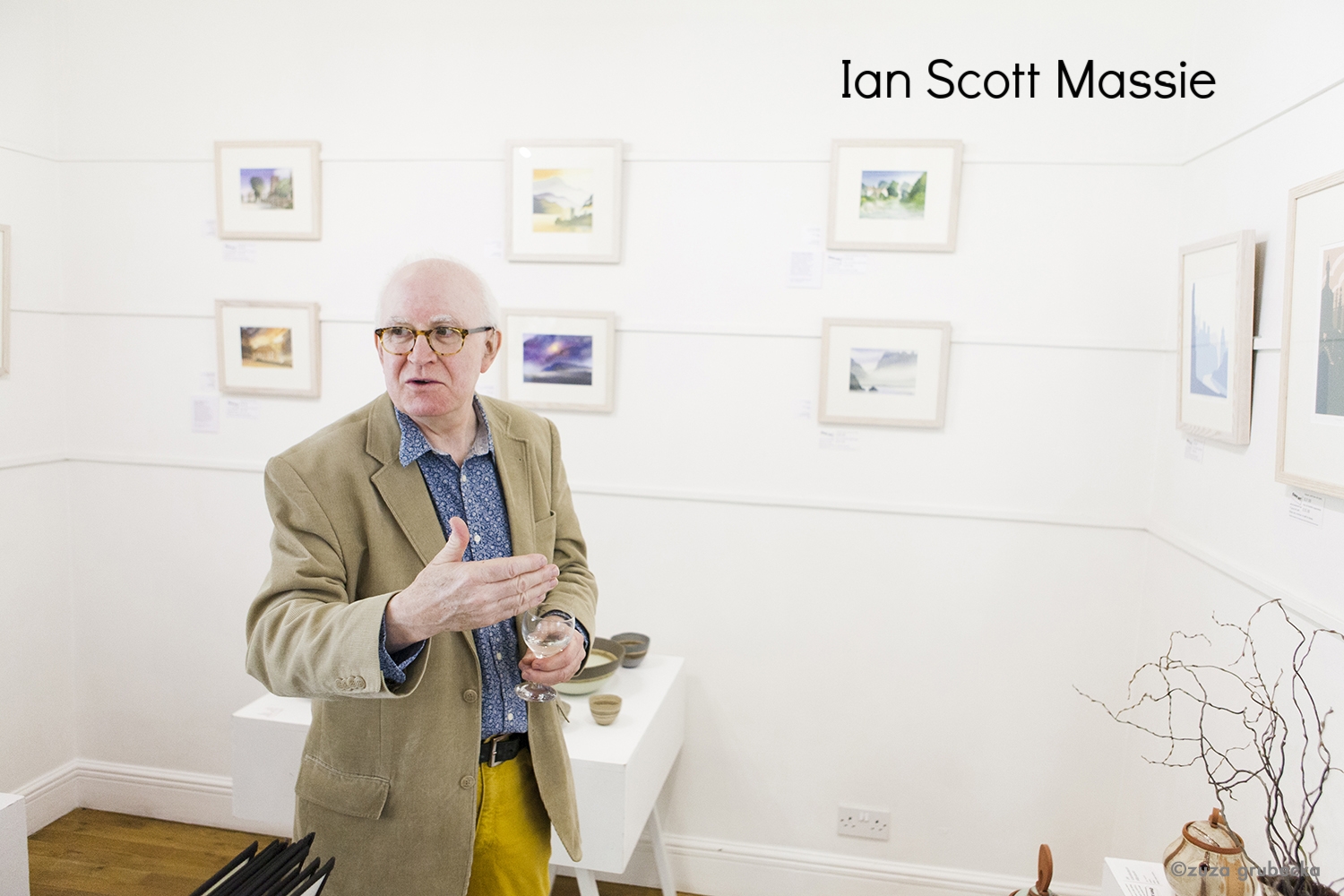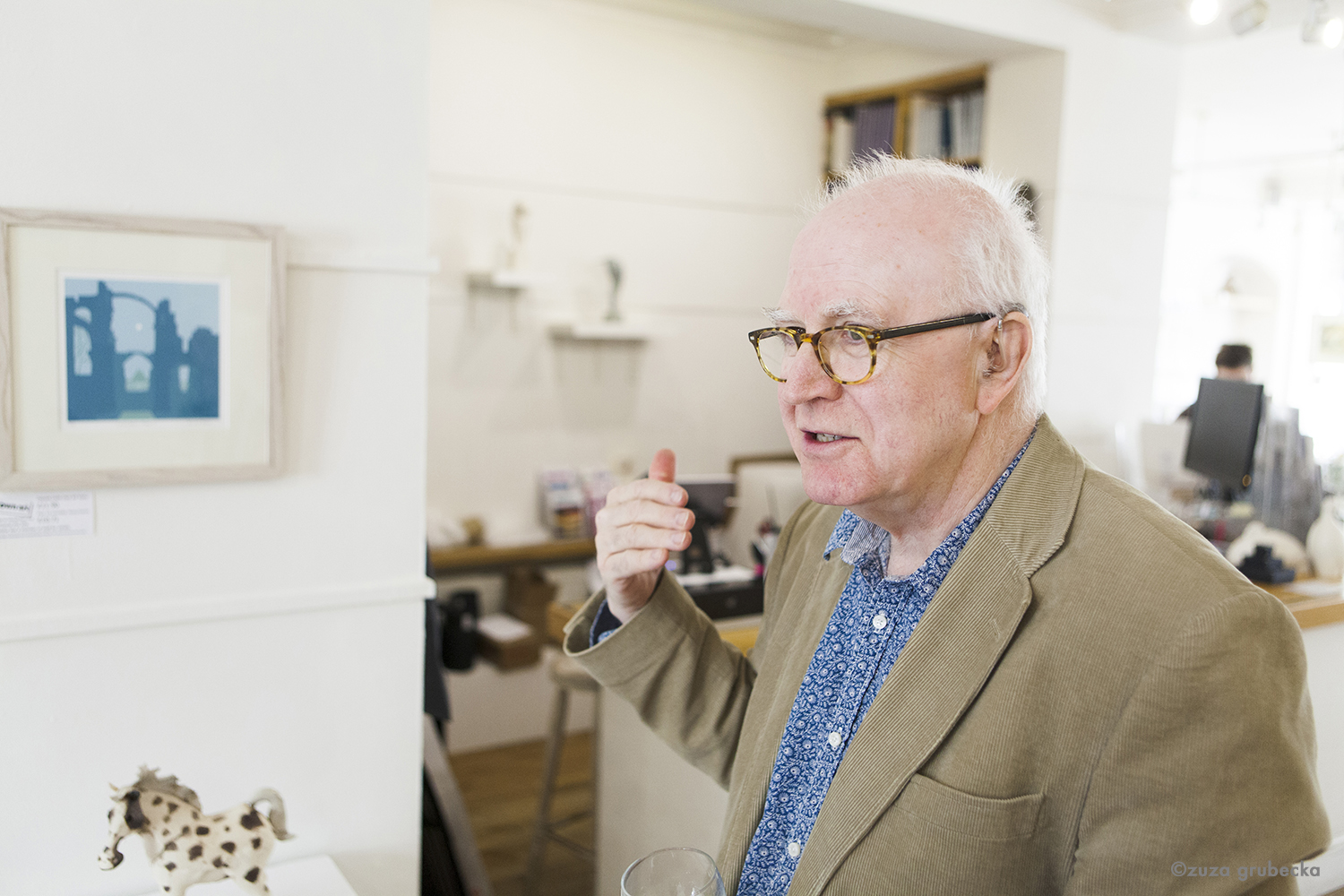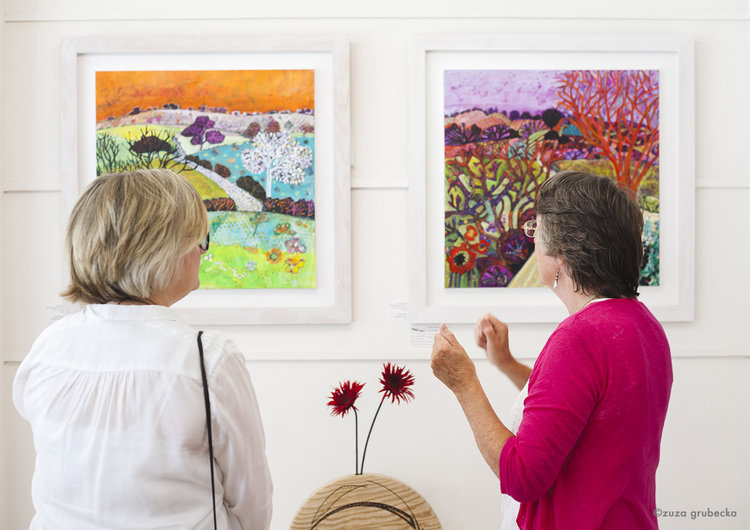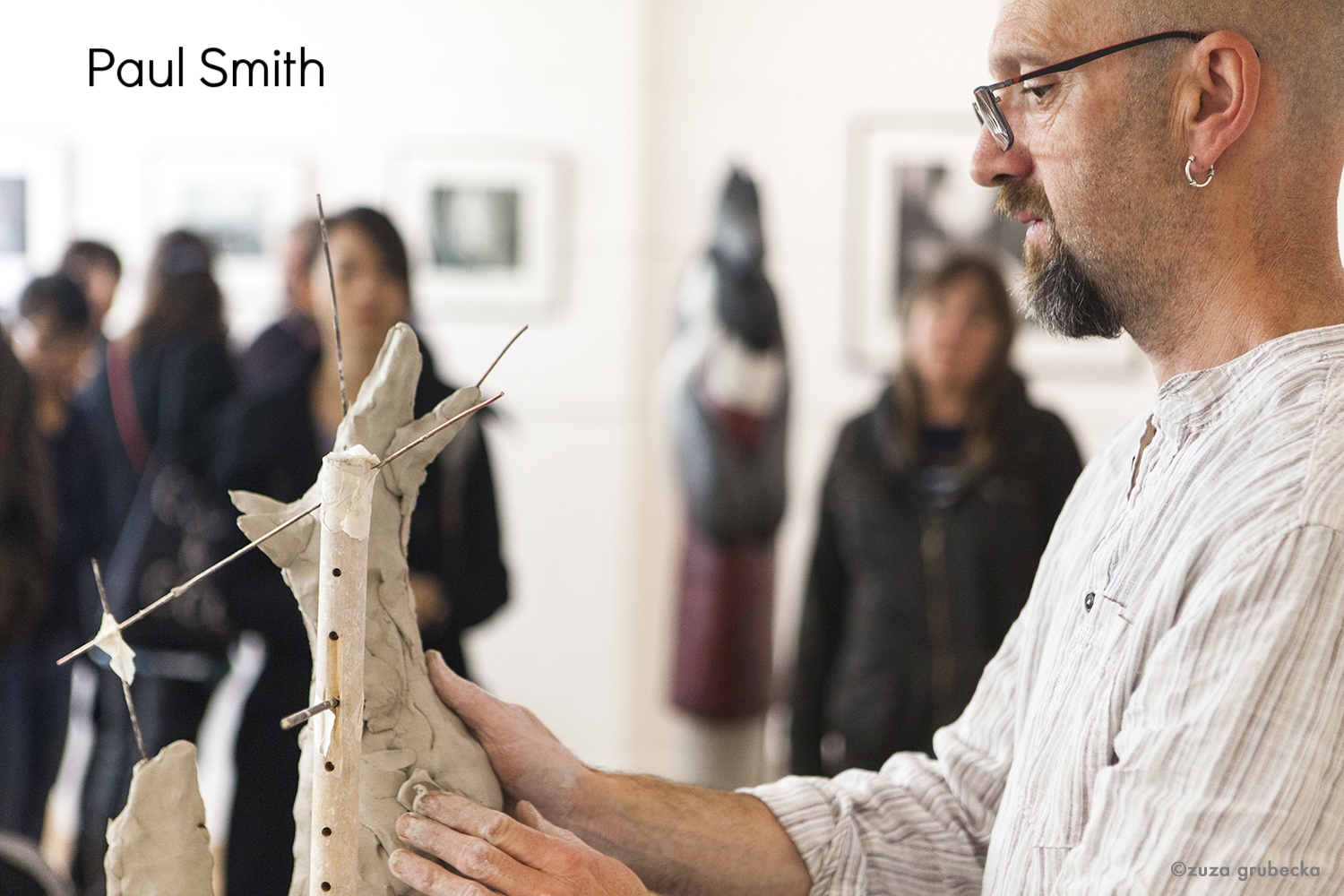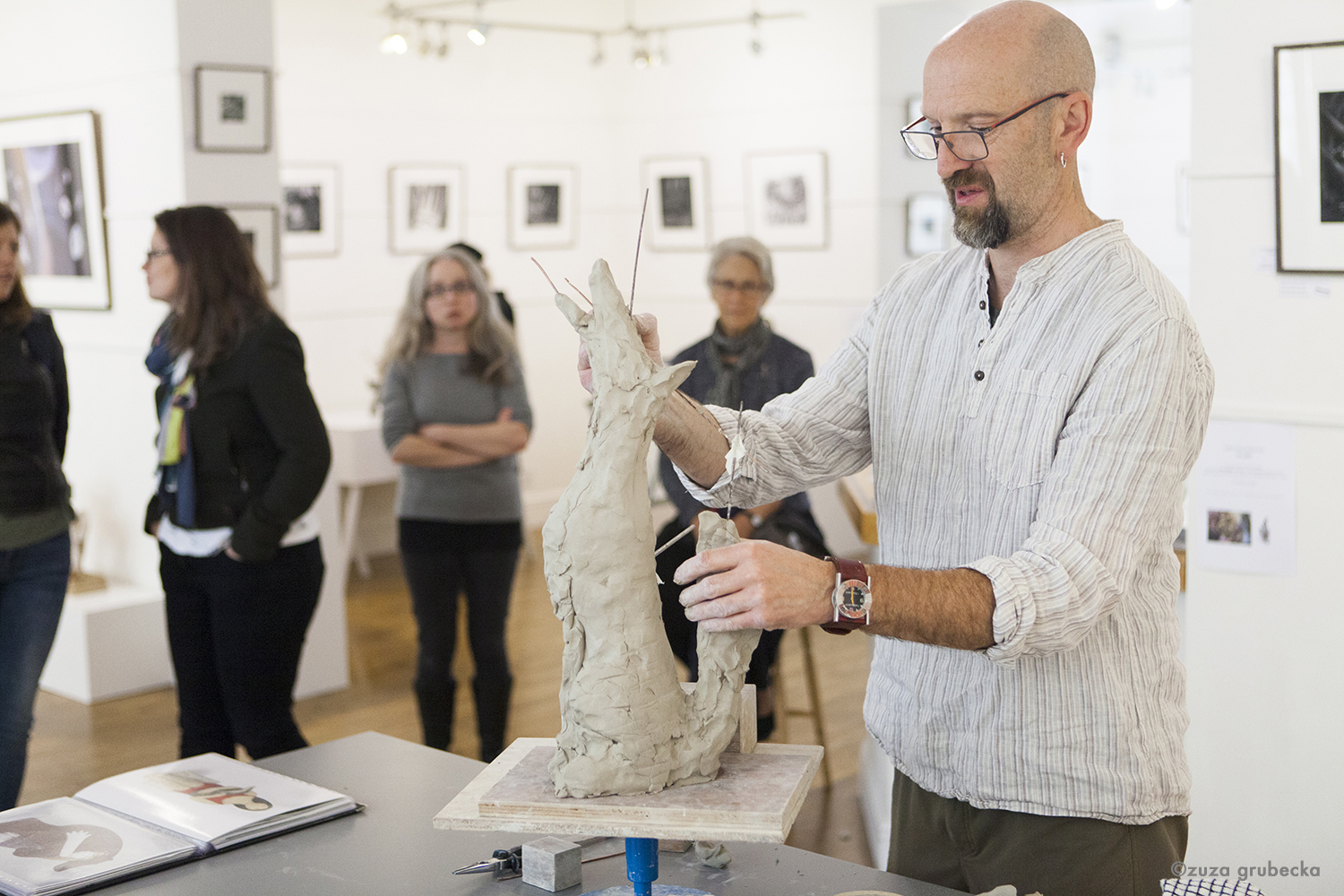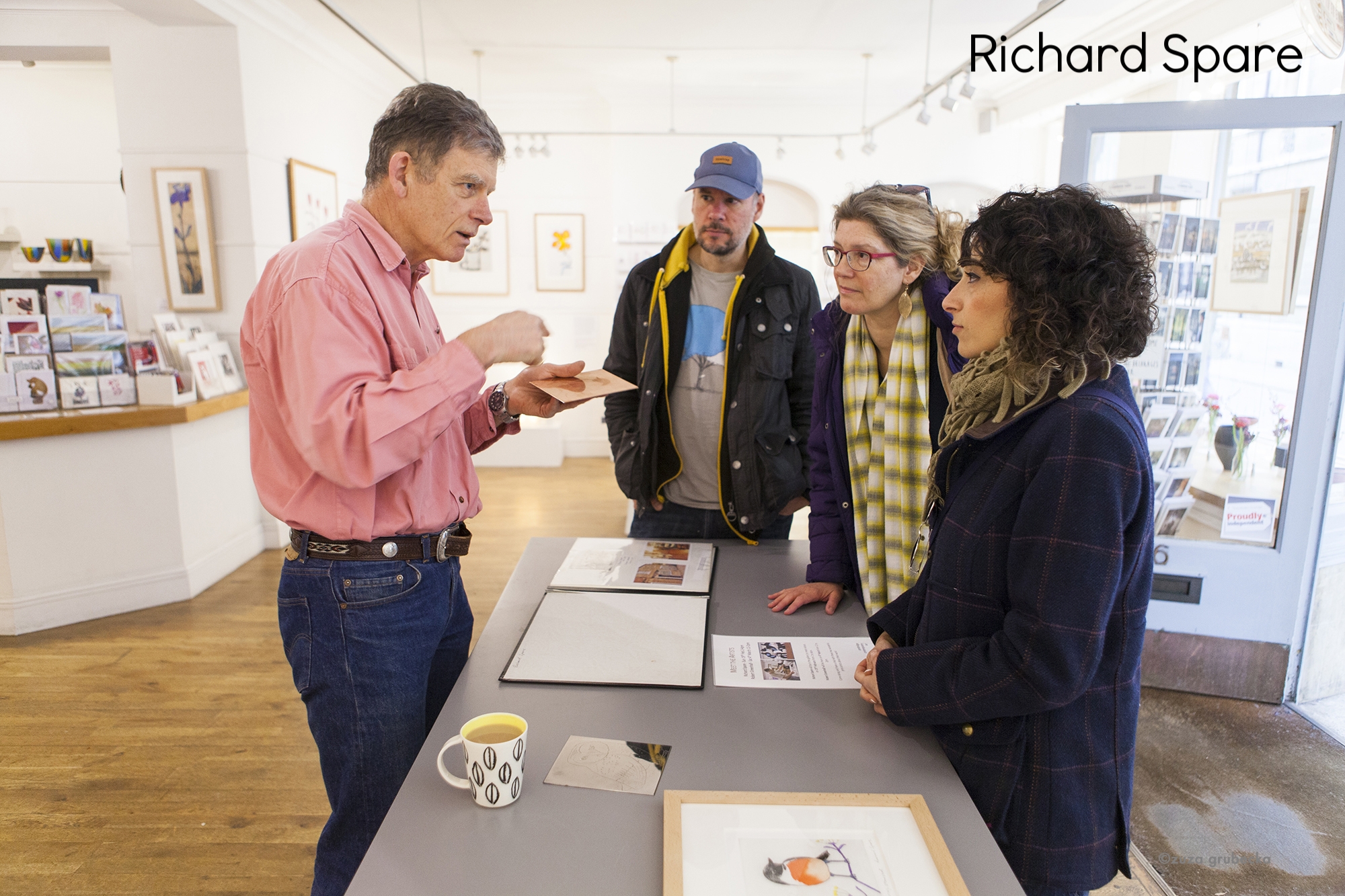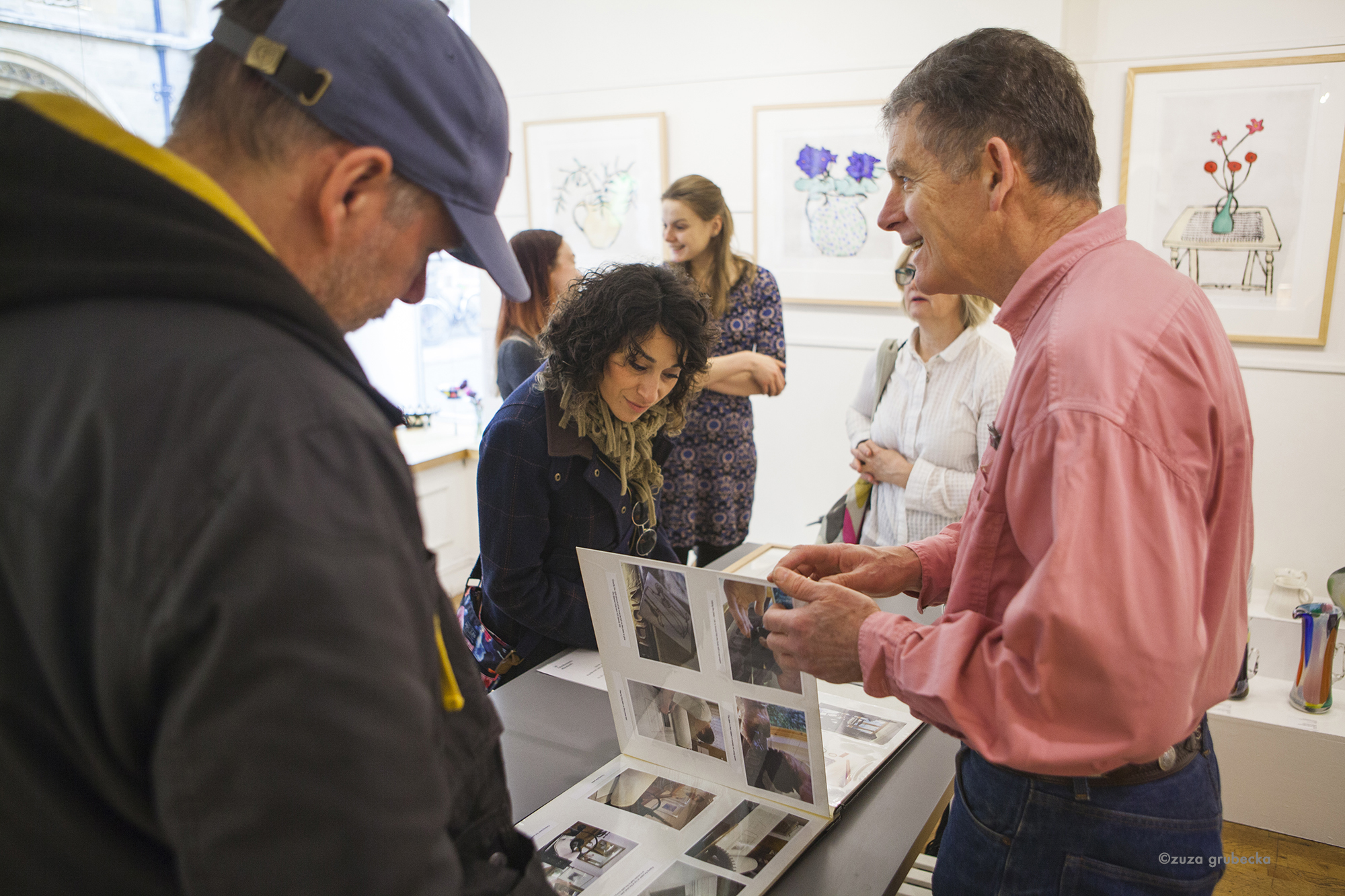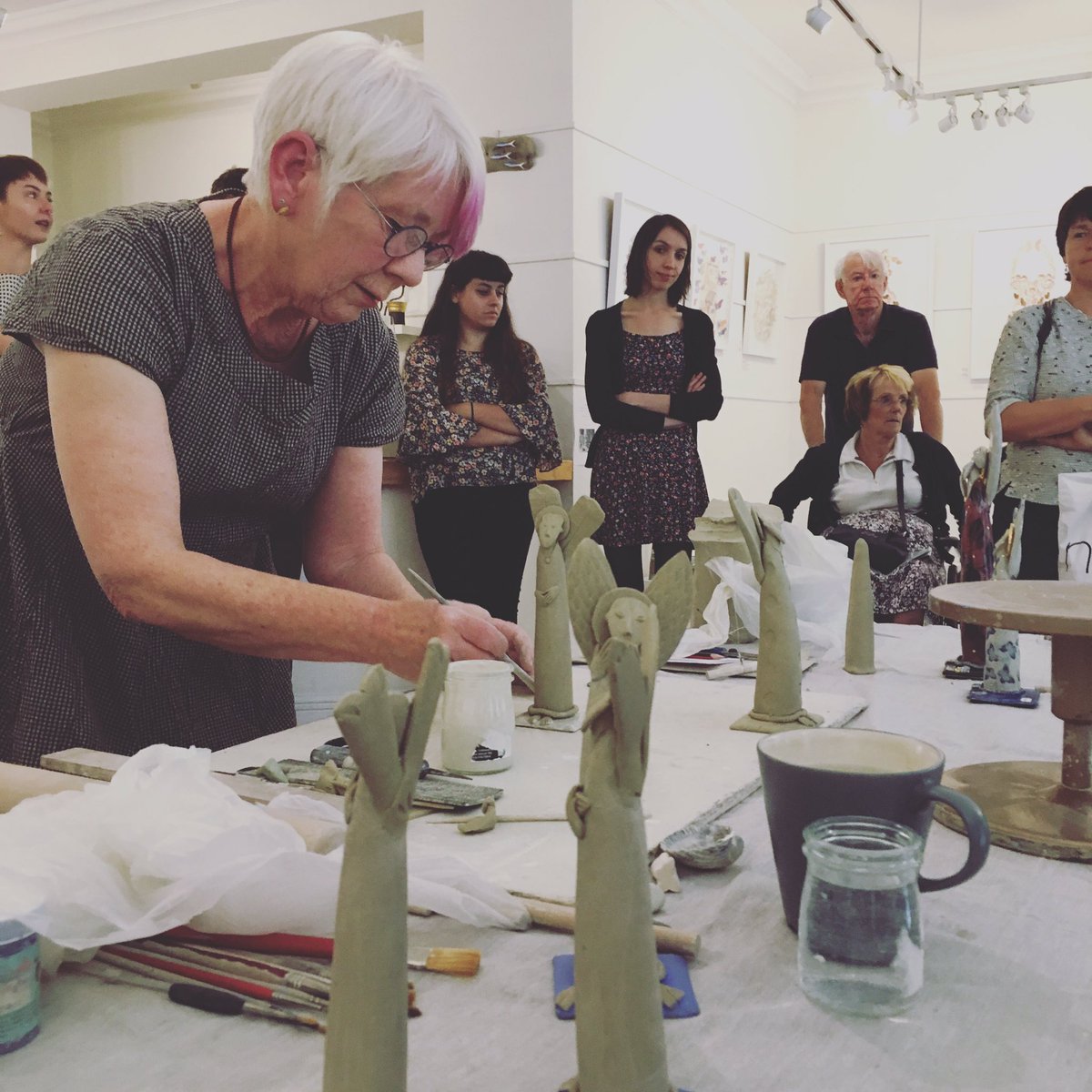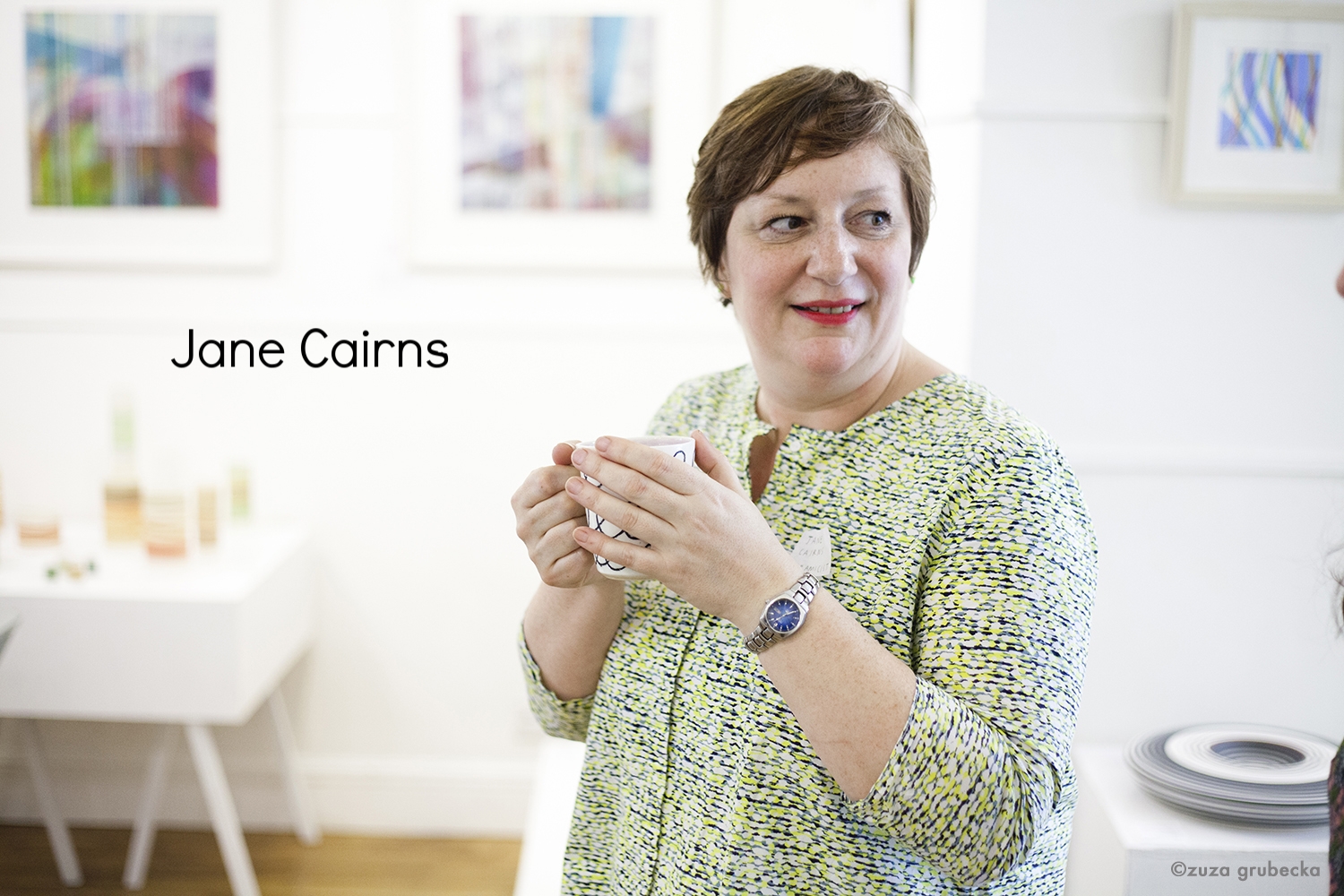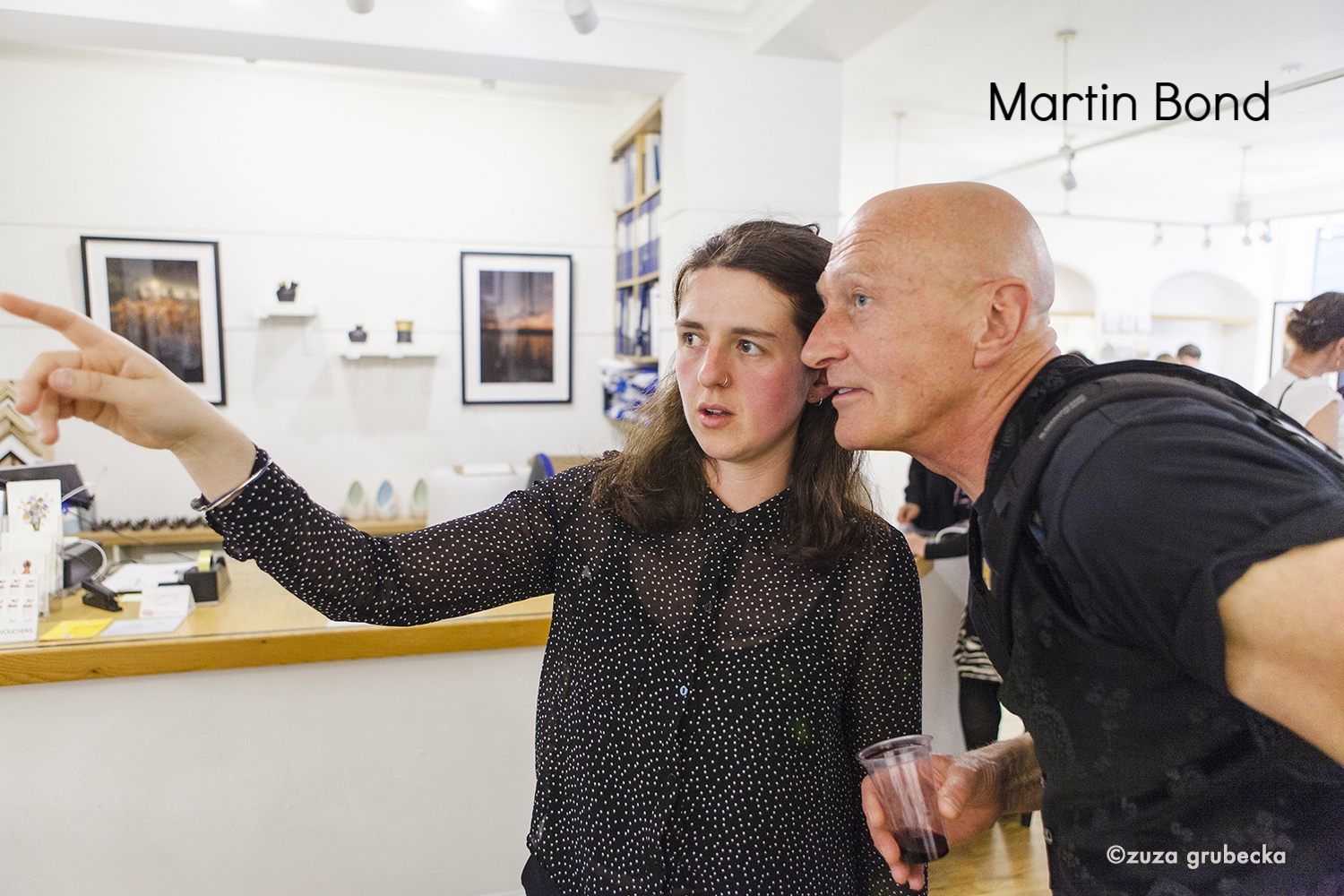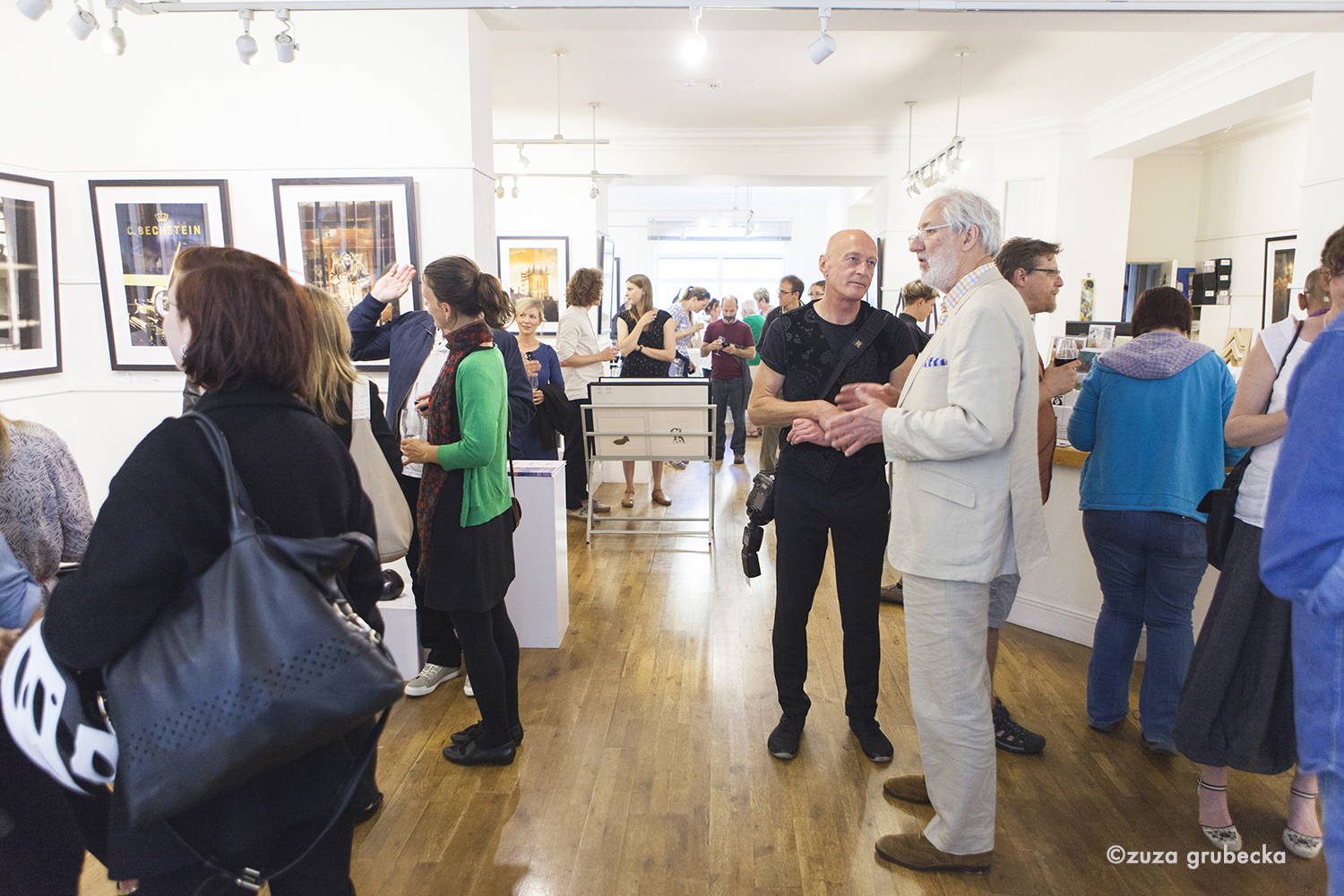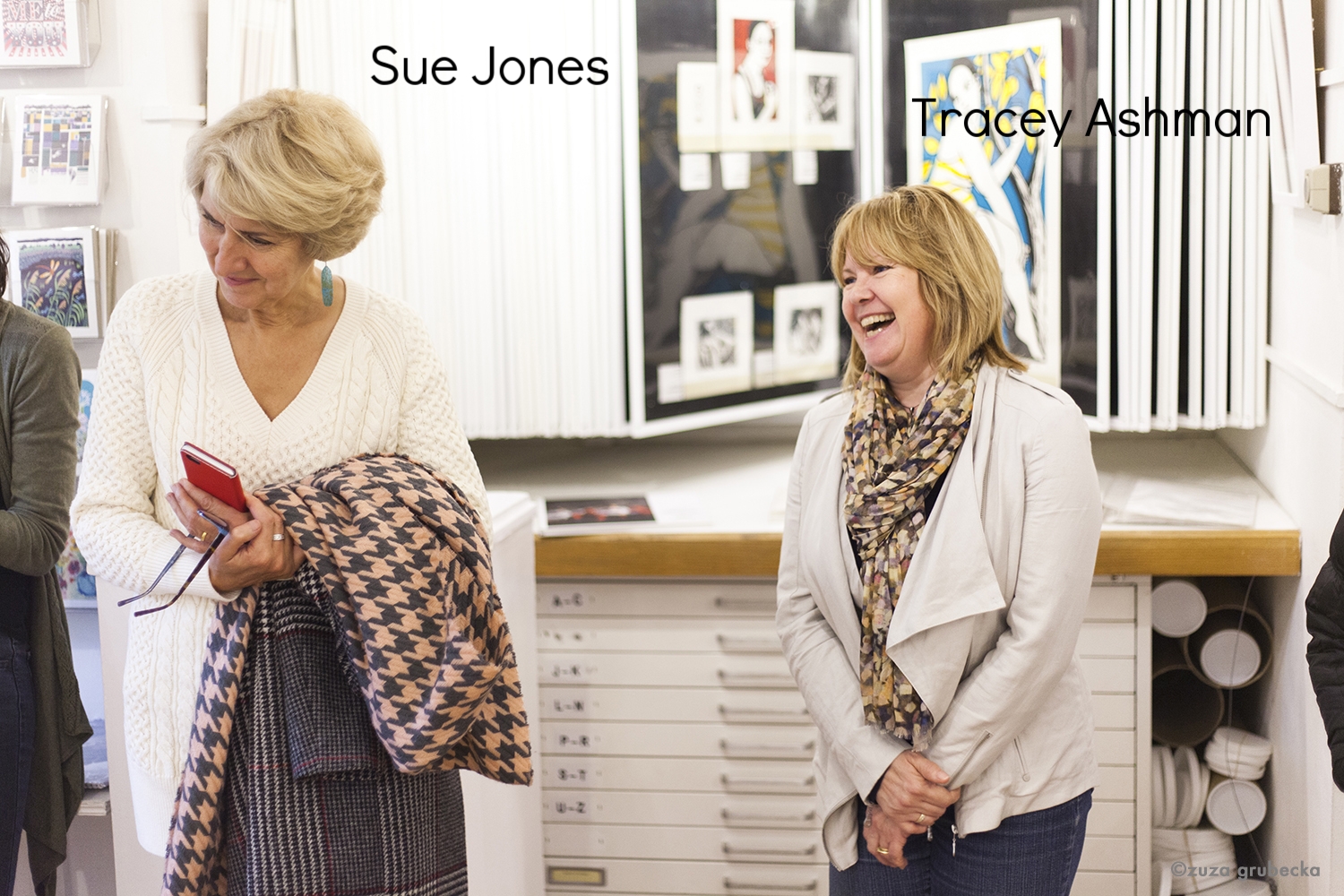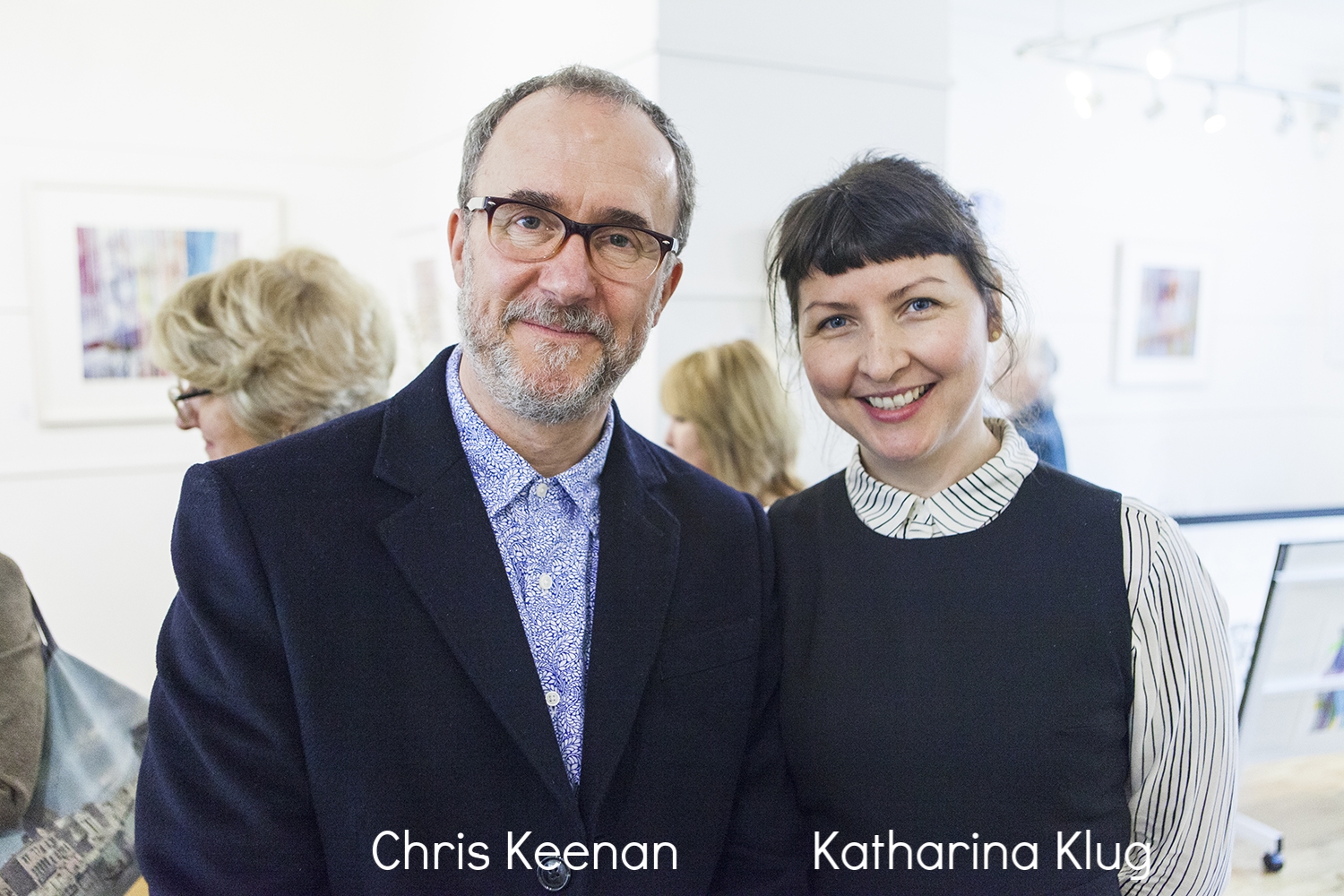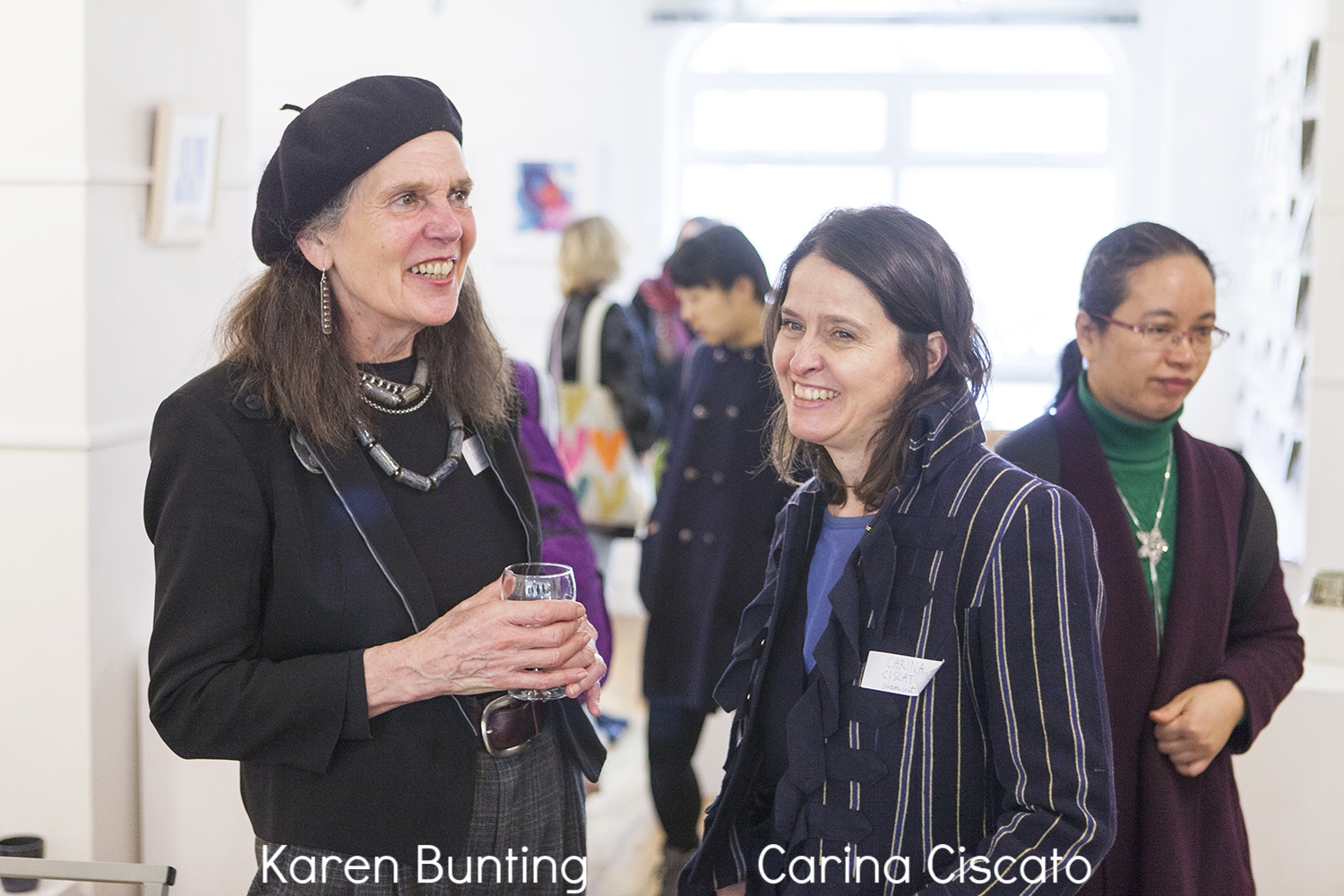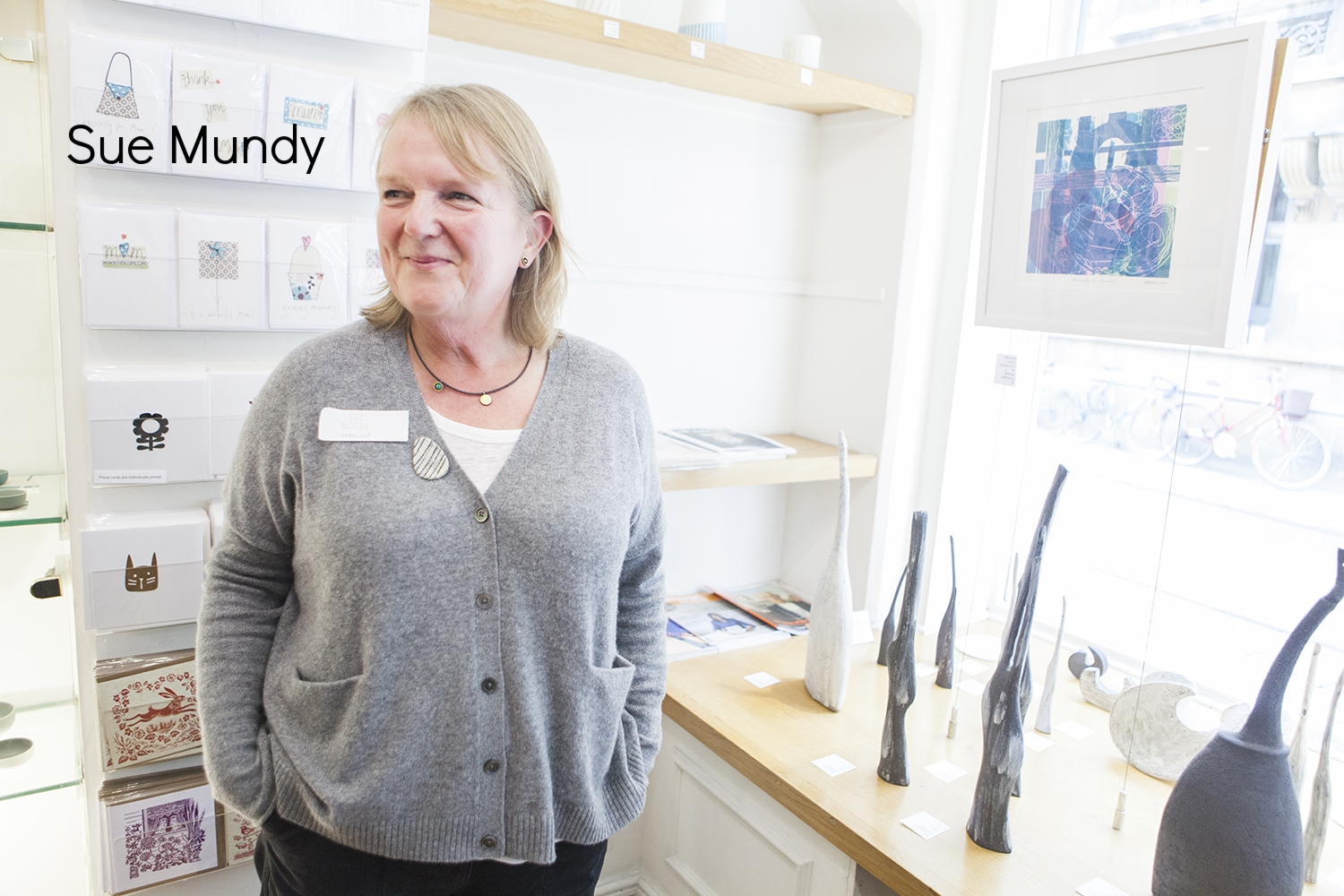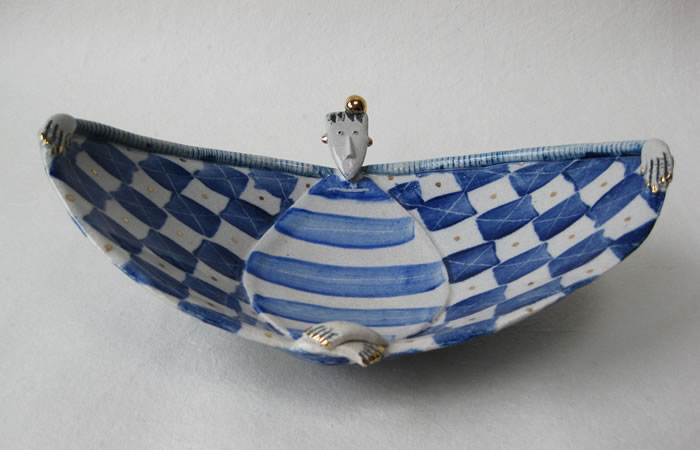Throughout the year the gallery has changed its skin over a dozen times. Our exhibits have shown the brightest and best from the world of contemporary ceramics, glass, painting and printmaking.
We always strive to mould the gallery's interior to display the artwork in the most complimentary way. Our aim has always been to create an inviting environment, which allows visitors to experience the work in a relaxed and personal space.
We were very pleased to host a number of engaging workshops and talks by many of our esteemed artists. For both us and gallery visitors, these meetings are a wonderful opportunity to get to know the artists we represent and learn about their practices.
This year we began to live stream the events on our Instagram profile to an ever increasing audience.
We have lots more events lined up for 2018.
Subscribe to our newsletter to find out about the latest news from the gallery.
We wish you all the best in the New Year!
Photography by Zuza Grubecka






